Home>Others>Eco-Friendly Products>How To Get Rid Of Maggots In A Compost Bin
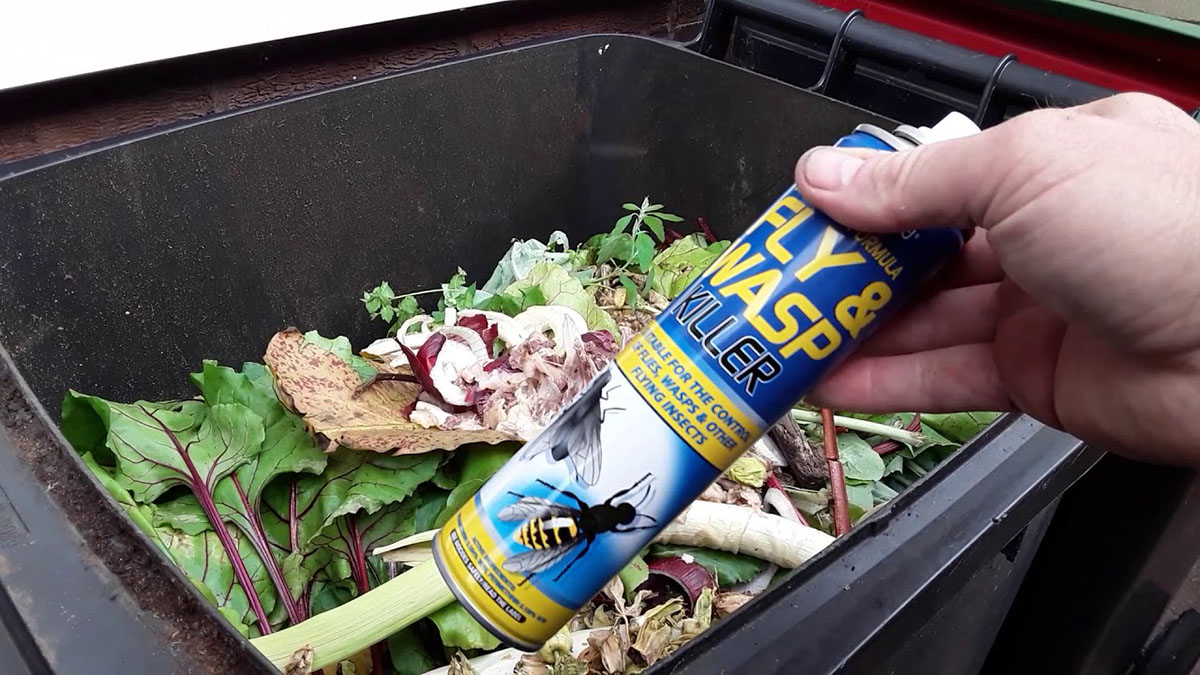

Eco-Friendly Products
How To Get Rid Of Maggots In A Compost Bin
Modified: August 16, 2024
Learn how to effectively eliminate maggots from your compost bin using eco-friendly products. Keep your composting process clean and sustainable.
(Many of the links in this article redirect to a specific reviewed product. Your purchase of these products through affiliate links helps to generate commission for Storables.com, at no extra cost. Learn more)
Introduction
Welcome to the fascinating world of composting! Composting is a fantastic way to reduce waste, enrich the soil, and contribute to a healthier environment. However, it's not uncommon for compost bins to become home to some unwanted guests, such as maggots. While the presence of maggots in a compost bin may seem alarming, fear not! With a bit of knowledge and proactive measures, you can easily manage and prevent these wriggling intruders.
In this comprehensive guide, we will delve into the intricacies of dealing with maggots in a compost bin. You'll gain a deeper understanding of why maggots appear in compost, learn effective prevention techniques, discover how to remove them from your compost bin, and find out how to maintain a maggot-free composting environment. By the end of this journey, you'll be equipped with the expertise to keep your compost bin thriving and free from pesky maggots.
So, grab your gardening gloves and let's embark on this enlightening exploration of composting and maggot management!
Key Takeaways:
- Embrace balanced composting practices to prevent maggot infestations. Regularly inspect, layer materials, and maintain optimal conditions for a healthy composting environment.
- Swiftly remove maggots from the compost bin and implement preventive measures to maintain a maggot-free environment. Regularly monitor, adjust, and educate to sustain sustainable composting.
Read more: How To Get Rid Of Ants In A Compost Bin
Understanding Maggots in Compost
Before diving into the methods of dealing with maggots in a compost bin, it's essential to understand why these tiny creatures make an appearance. Maggots, the larvae of flies, are attracted to decomposing organic matter, which is exactly what a compost bin provides. When organic waste undergoes the decomposition process, it generates heat and releases odors that are irresistible to flies seeking a suitable spot to lay their eggs.
Once the eggs are laid, they hatch into maggots and thrive in the warm, moist, nutrient-rich environment of the compost. While the presence of maggots may be unsettling, it’s important to recognize that they play a role in the decomposition process. Maggots help break down organic matter, accelerating the composting process and contributing to the transformation of waste into nutrient-dense soil amendment.
Understanding the natural occurrence of maggots in compost allows us to appreciate their role in the ecosystem. However, it’s also crucial to maintain a balance to prevent an overabundance of maggots, which can lead to an unpleasant and unsanitary composting experience. By implementing preventive measures and proper management techniques, you can maintain a healthy composting environment while minimizing the presence of maggots.
Now that we’ve gained insight into why maggots appear in compost, let’s explore effective strategies for preventing their proliferation and ensuring a harmonious composting process.
Prevention of Maggots in Compost
Preventing maggots from infesting your compost bin involves implementing proactive measures to create an environment that is less appealing to flies seeking to lay their eggs. Here are some effective strategies to prevent the emergence of maggots in your compost:
- Balance the Moisture: Maintaining the right level of moisture in your compost is crucial. Too much moisture creates an ideal breeding ground for flies and maggots. Aim for a damp, but not soggy, consistency in the compost. Turning the compost regularly can help aerate it and prevent excessive moisture buildup.
- Layering Technique: Employ the layering technique when adding organic waste to your compost bin. Alternate layers of green materials (such as fruit and vegetable scraps) with brown materials (like dry leaves and newspaper). This helps create a balanced carbon-to-nitrogen ratio, reducing odors and deterring flies from laying eggs.
- Covering the Compost: Use a breathable cover for your compost bin to prevent flies from accessing the organic matter. This cover helps contain odors and discourages flies from laying eggs in the compost. Ensure that the cover allows for adequate airflow to support the composting process.
- Avoiding Certain Foods: Refrain from adding meat, dairy, and oily foods to the compost, as these items can attract flies and contribute to an overabundance of maggots. Stick to composting plant-based materials and avoid anything that may emit strong odors.
- Regular Turning: Turning the compost regularly not only aerates the pile but also disrupts the habitat of any developing maggots, making the environment less conducive for their growth.
- Utilize Bokashi Composting: Consider implementing Bokashi composting, a fermentation process that can be carried out indoors. This method allows for the decomposition of a wider range of food scraps without attracting flies or maggots.
By incorporating these preventive measures into your composting routine, you can significantly reduce the likelihood of maggots taking up residence in your compost bin. With a balanced and well-maintained composting environment, you’ll be able to enjoy the benefits of composting without the nuisance of an overwhelming maggot population.
To get rid of maggots in a compost bin, make sure to bury food scraps under the top layer of compost, keep the bin covered, and regularly turn the compost to aerate it and discourage maggot growth.
Removing Maggots from Compost Bin
Despite our best efforts, there may be instances where maggots have already infested your compost bin. In such cases, it’s important to take swift and effective action to address the situation. Here are steps to remove maggots from your compost bin:
- Identify the Infested Areas: Inspect your compost bin to locate the areas where maggots are most concentrated. This will help you target your efforts and ensure thorough removal.
- Manual Removal: Use a garden trowel or a similar tool to manually scoop out the maggots from the compost. While this may be a labor-intensive task, it can be an effective way to physically eliminate a significant portion of the maggot population.
- Introduce Beneficial Organisms: Consider introducing beneficial organisms, such as predatory nematodes or certain species of beetles, that can help control the maggot population. These natural predators can aid in reducing the number of maggots in the compost bin over time.
- Adjust the Compost: Assess the moisture level and composition of the compost. Make necessary adjustments to create a less hospitable environment for maggots. Adding dry materials and aerating the compost can help discourage the continued growth of the maggot population.
- Use Natural Repellents: Some natural repellents, such as diatomaceous earth or neem oil, can be sprinkled in the compost bin to deter maggots and inhibit their development. These substances are environmentally friendly and can aid in managing the maggot infestation.
- Monitor the Compost: Regularly monitor the compost bin for any signs of recurring maggot activity. Promptly address any issues and continue implementing preventive measures to maintain a healthy composting environment.
By diligently following these steps, you can effectively remove maggots from your compost bin and take measures to prevent their reemergence. It’s important to approach the situation with patience and persistence, as managing a maggot infestation requires ongoing attention and maintenance.
Now that we’ve covered the process of removing maggots from the compost bin, let’s explore how to maintain a maggot-free composting environment to prevent future infestations.
Maintaining a Maggot-Free Compost Bin
After addressing a maggot infestation in your compost bin, it’s essential to establish a regimen for maintaining a maggot-free environment. By consistently implementing specific practices and monitoring the composting process, you can minimize the risk of future maggot infestations. Here are key steps for maintaining a maggot-free compost bin:
- Regular Inspection: Make it a habit to routinely inspect your compost bin for any signs of pests, including flies and maggots. Early detection allows for prompt intervention and prevents the escalation of potential infestations.
- Optimal Composting Conditions: Ensure that your compost bin maintains the ideal conditions for decomposition, including proper aeration, moisture levels, and a balanced mix of organic materials. By maintaining these conditions, you create an environment less conducive to fly infestations and maggot development.
- Proper Covering: Use a well-fitting cover to secure your compost bin and prevent flies from accessing the organic waste. This cover should allow for adequate airflow while effectively containing odors and deterring pests.
- Regular Turning and Mixing: Continuously turn and mix the compost to aerate the pile and disrupt any potential habitats for developing maggots. This practice also helps maintain an even distribution of moisture and promotes the decomposition process.
- Compost Layering: Continue utilizing the layering technique when adding organic waste to the compost bin. This balanced approach to layering green and brown materials discourages fly activity and minimizes the likelihood of maggot infestations.
- Educate and Engage: If you’re composting in a community setting, educate others about the importance of proper composting practices to prevent pest infestations. Encourage active participation in maintaining a clean and well-managed composting environment.
By integrating these strategies into your composting routine and maintaining a vigilant approach, you can significantly reduce the risk of maggot infestations and sustain a healthy, thriving composting environment. Consistent monitoring and proactive measures are key to fostering a maggot-free compost bin and reaping the rewards of sustainable waste management and nutrient-rich compost production.
Read more: How To Get Rid Of Rats In Compost Bin
Conclusion
Congratulations on completing this comprehensive guide to managing maggots in a compost bin! By gaining a deeper understanding of the factors that attract maggots to compost and implementing effective prevention and management techniques, you are well-equipped to maintain a healthy and thriving composting environment.
Composting is a valuable practice that not only reduces waste but also contributes to the creation of nutrient-dense soil amendments for gardening and agriculture. While the presence of maggots in a compost bin may initially raise concerns, it’s important to recognize that with the right approach, maggots can be managed and even play a beneficial role in the decomposition process.
Through the implementation of preventive measures such as balancing moisture levels, employing the layering technique, and utilizing natural repellents, you can minimize the likelihood of maggot infestations in your compost. Additionally, proactive steps such as regular inspection, proper covering, and ongoing maintenance of optimal composting conditions are vital for sustaining a maggot-free compost bin.
By embracing the principles of responsible composting and integrating the strategies outlined in this guide, you are not only contributing to a healthier environment but also fostering a deeper connection to sustainable practices. Your commitment to managing maggots in a compost bin exemplifies your dedication to environmental stewardship and the promotion of eco-friendly initiatives.
As you continue your composting journey, remember that persistence and attentiveness are key to maintaining a harmonious composting environment. By staying informed, implementing best practices, and sharing your knowledge with others, you play an integral role in the collective effort to reduce waste and cultivate a more sustainable future.
Thank you for embarking on this enlightening exploration of composting and maggot management. May your composting endeavors yield bountiful, nutrient-rich compost, free from the unwelcome presence of maggots, and may your commitment to sustainability inspire others to join in the pursuit of a greener, more eco-conscious world.
Frequently Asked Questions about How To Get Rid Of Maggots In A Compost Bin
Was this page helpful?
At Storables.com, we guarantee accurate and reliable information. Our content, validated by Expert Board Contributors, is crafted following stringent Editorial Policies. We're committed to providing you with well-researched, expert-backed insights for all your informational needs.
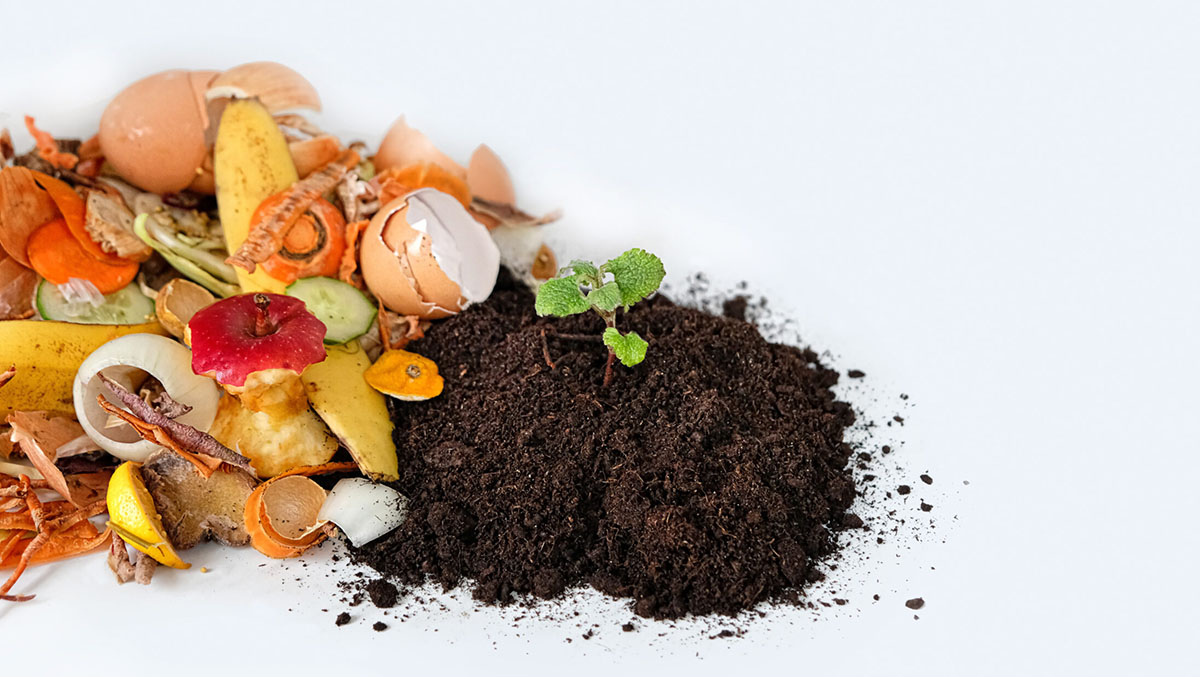
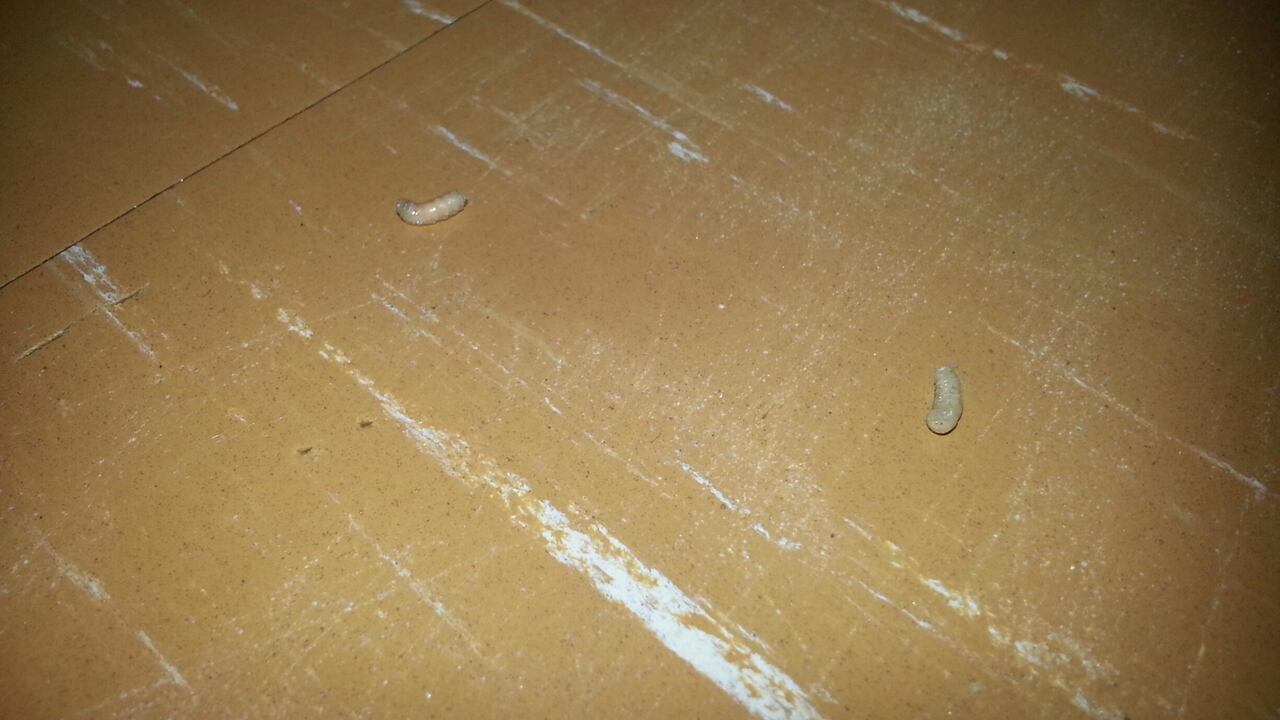

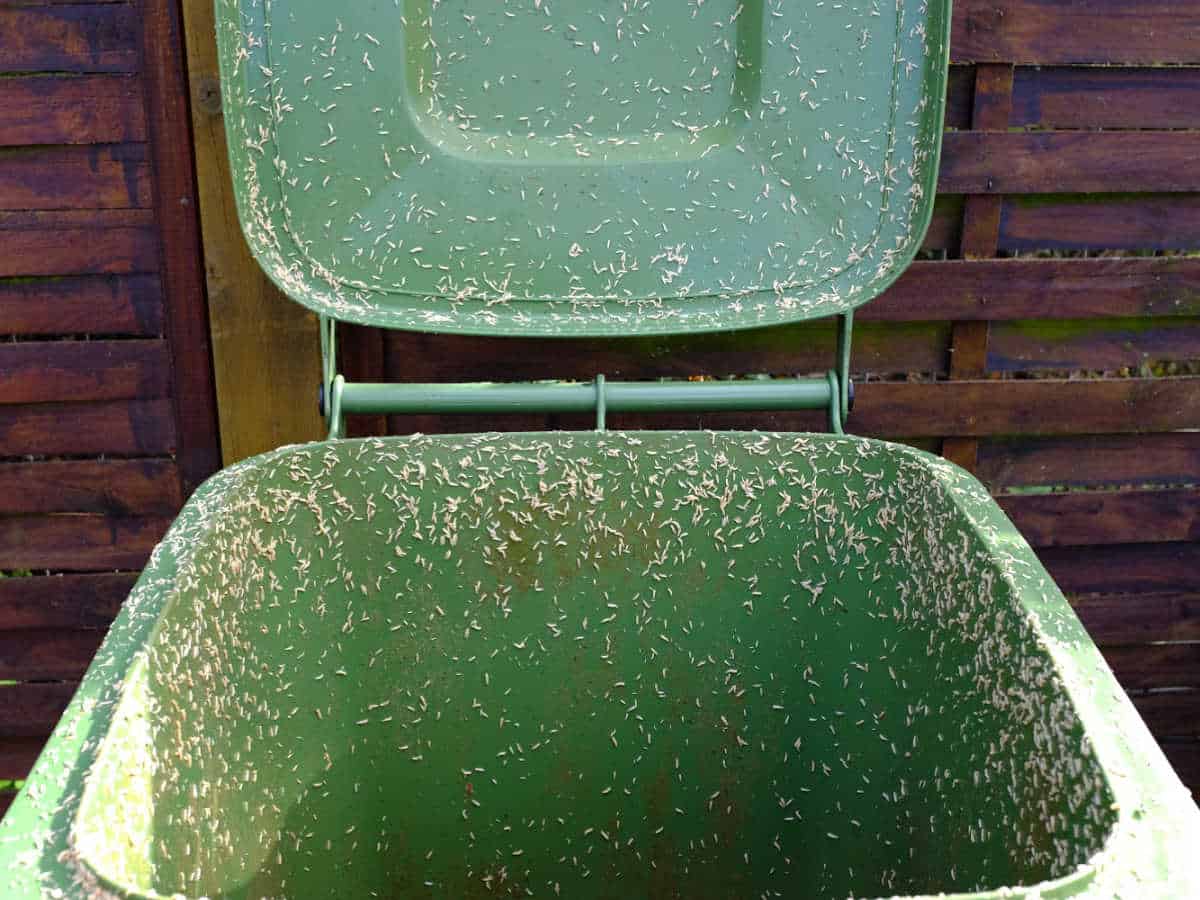
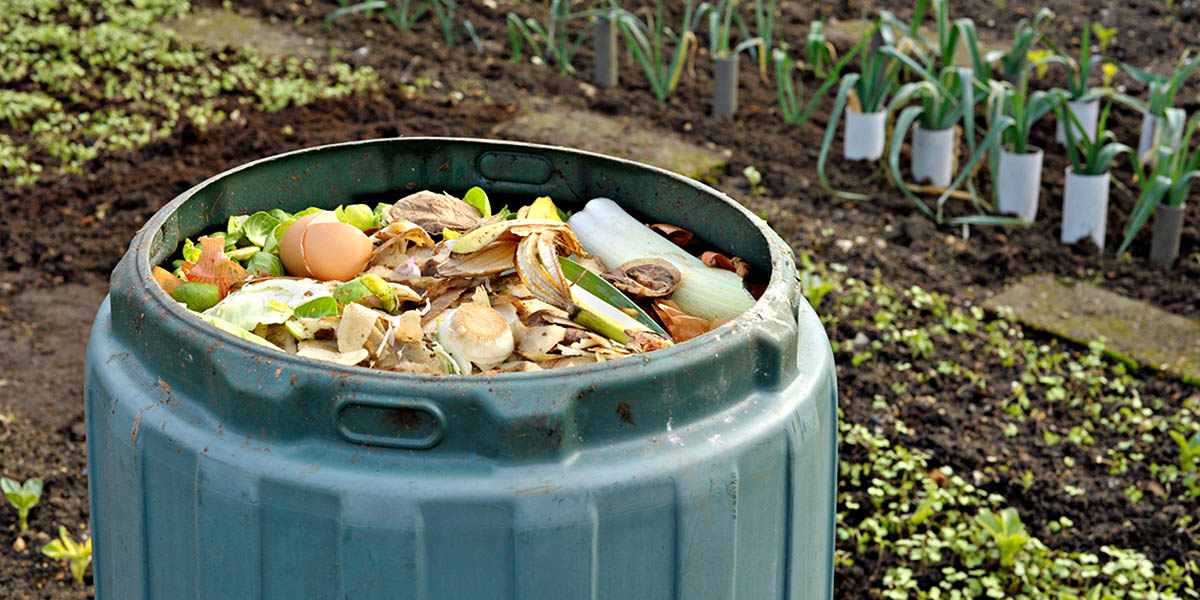

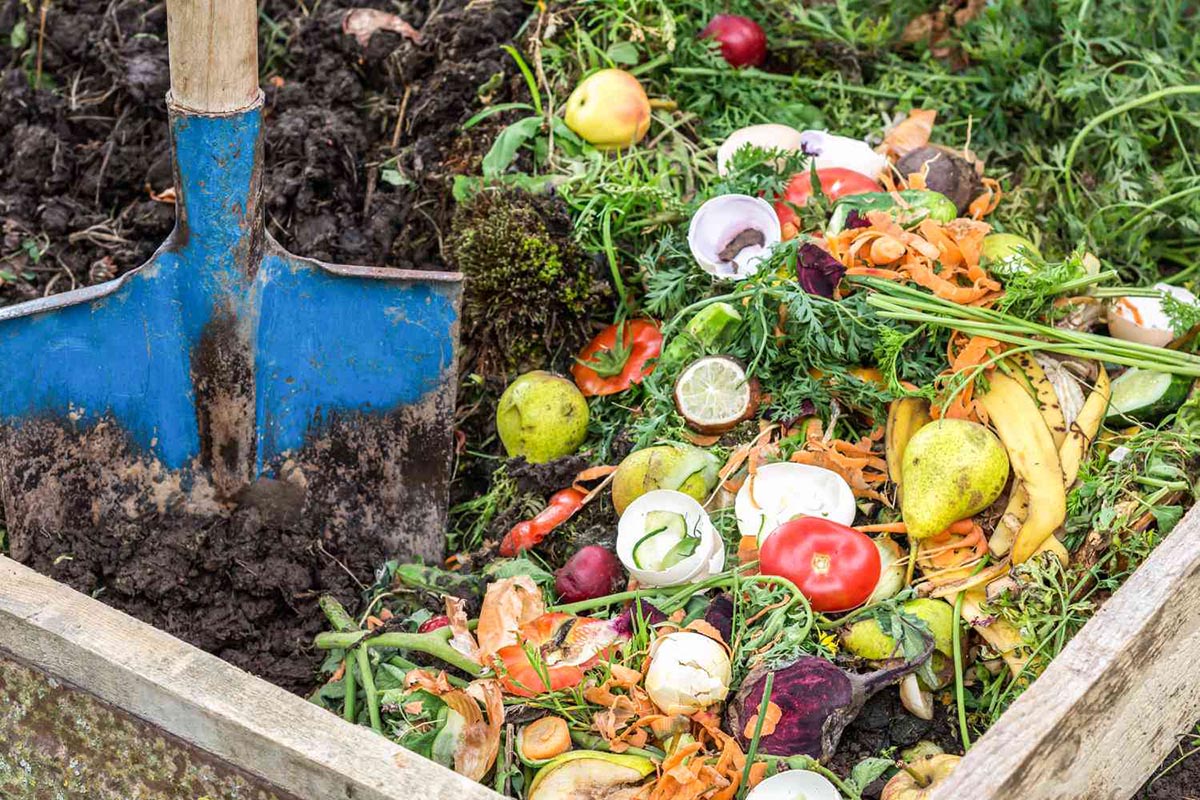
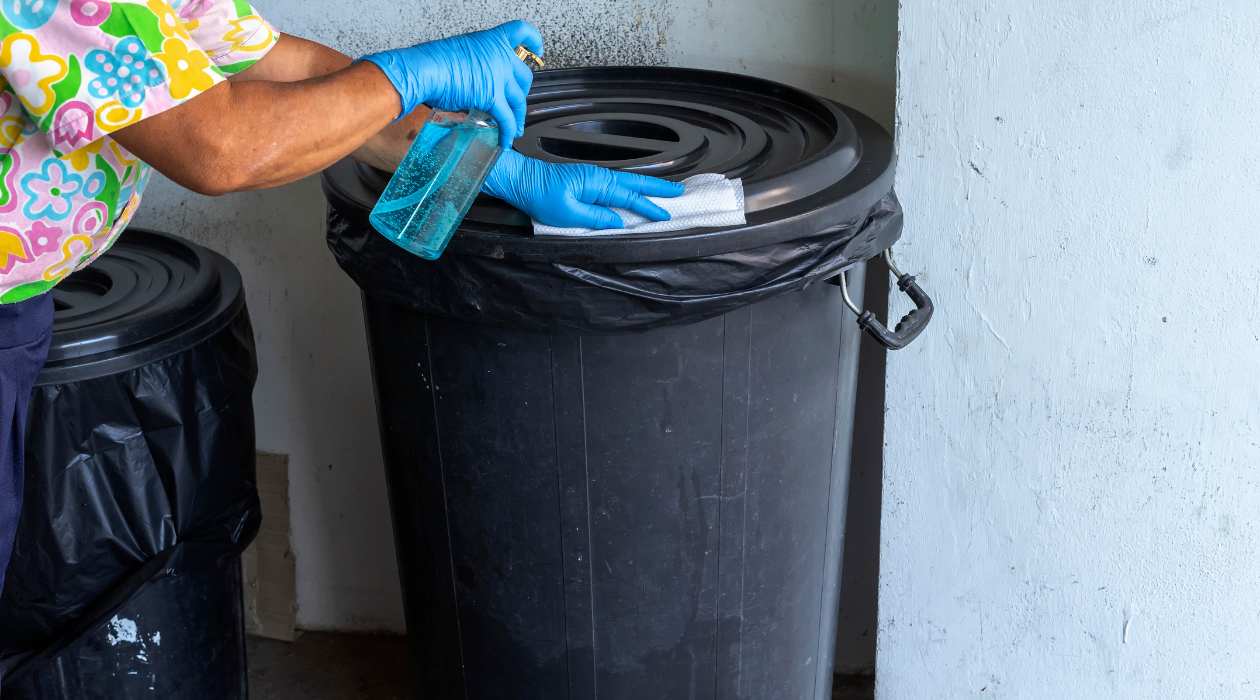
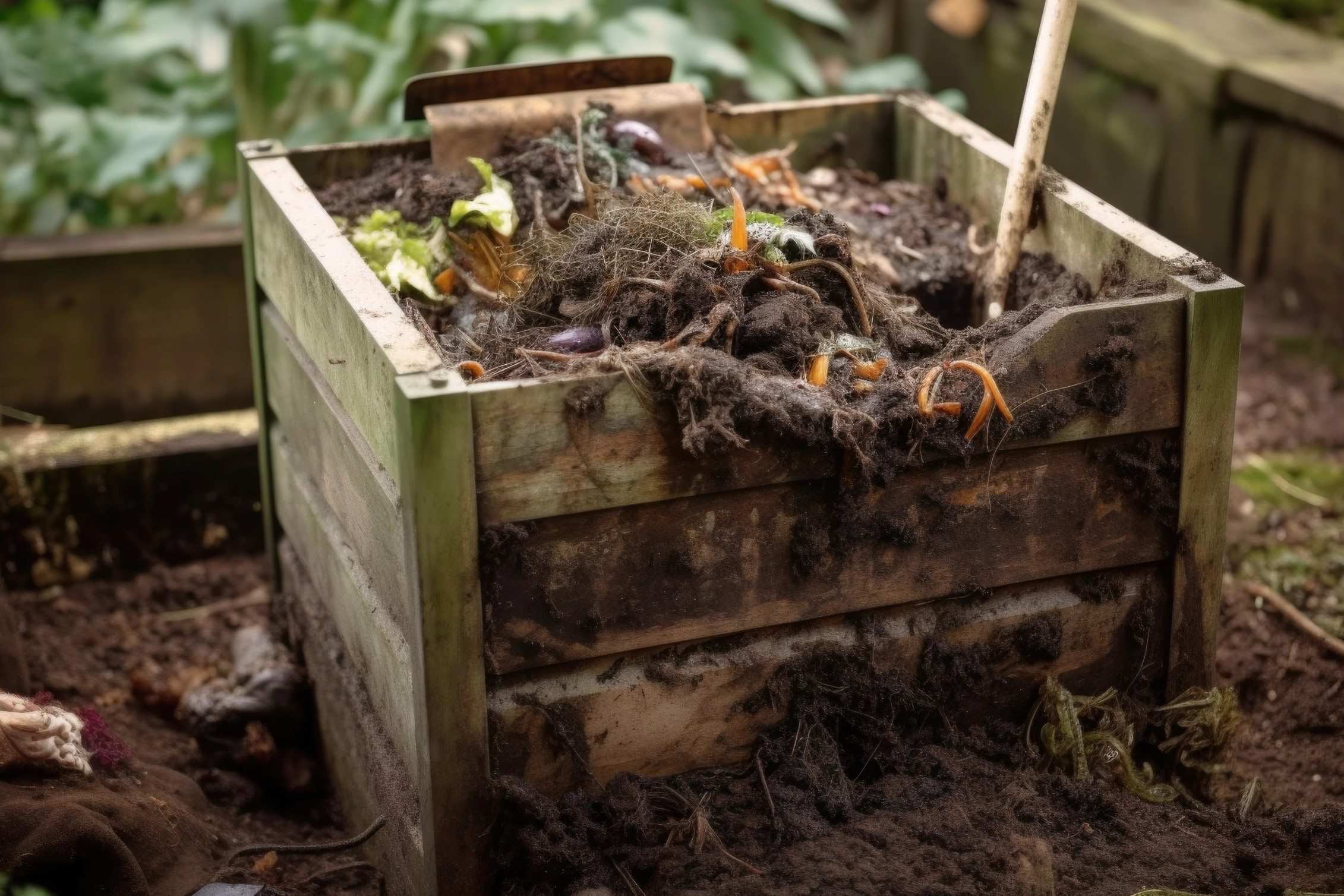
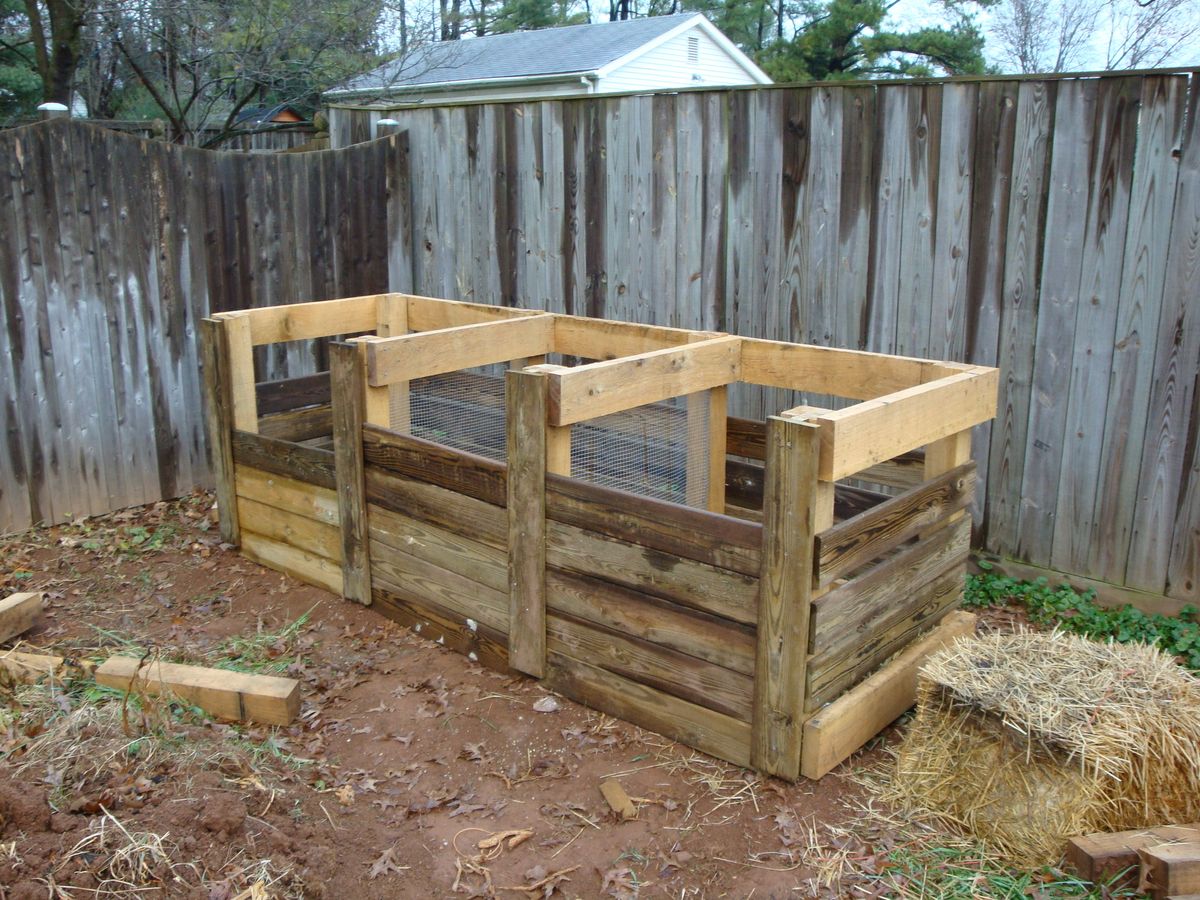
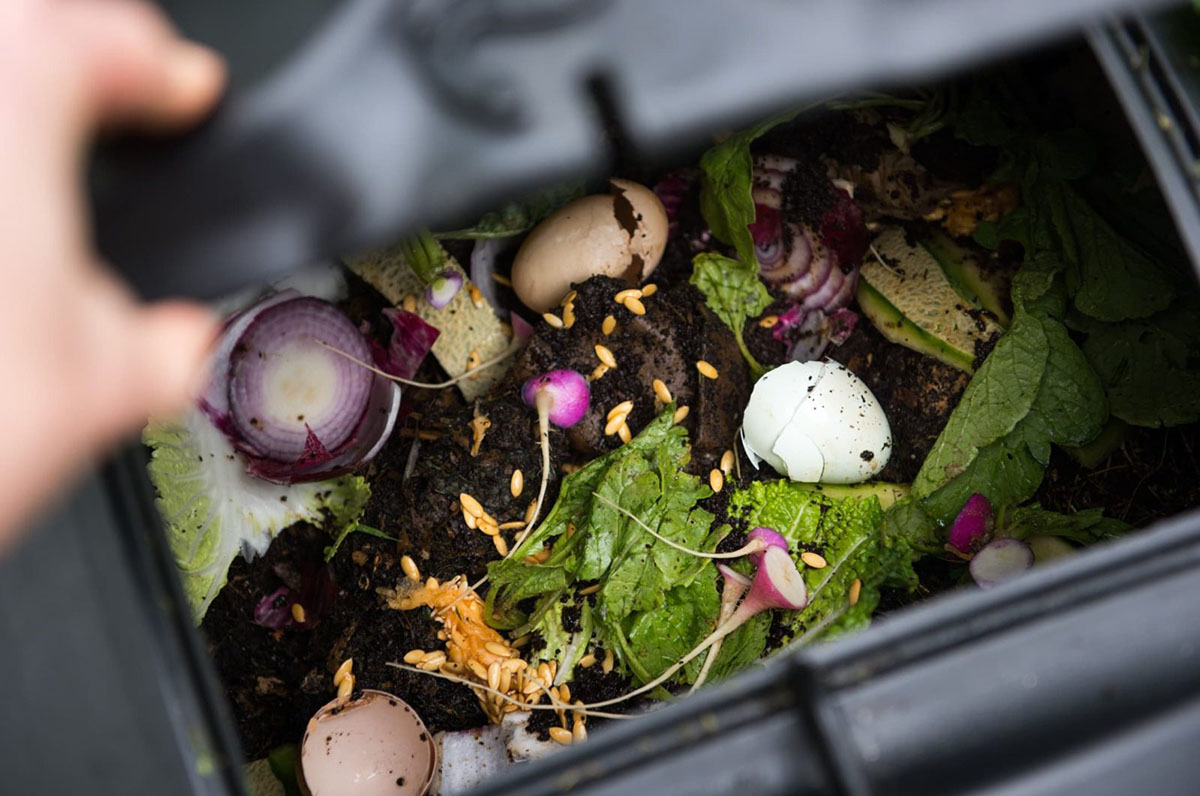
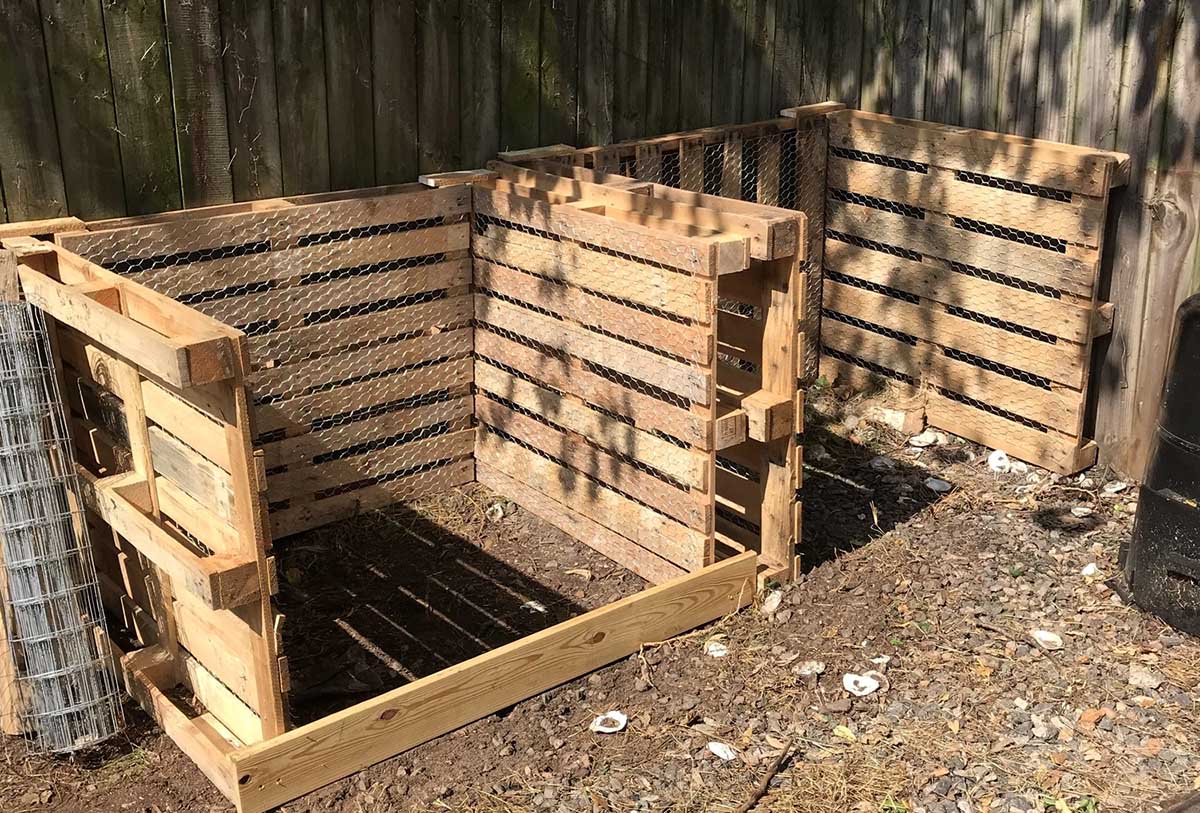
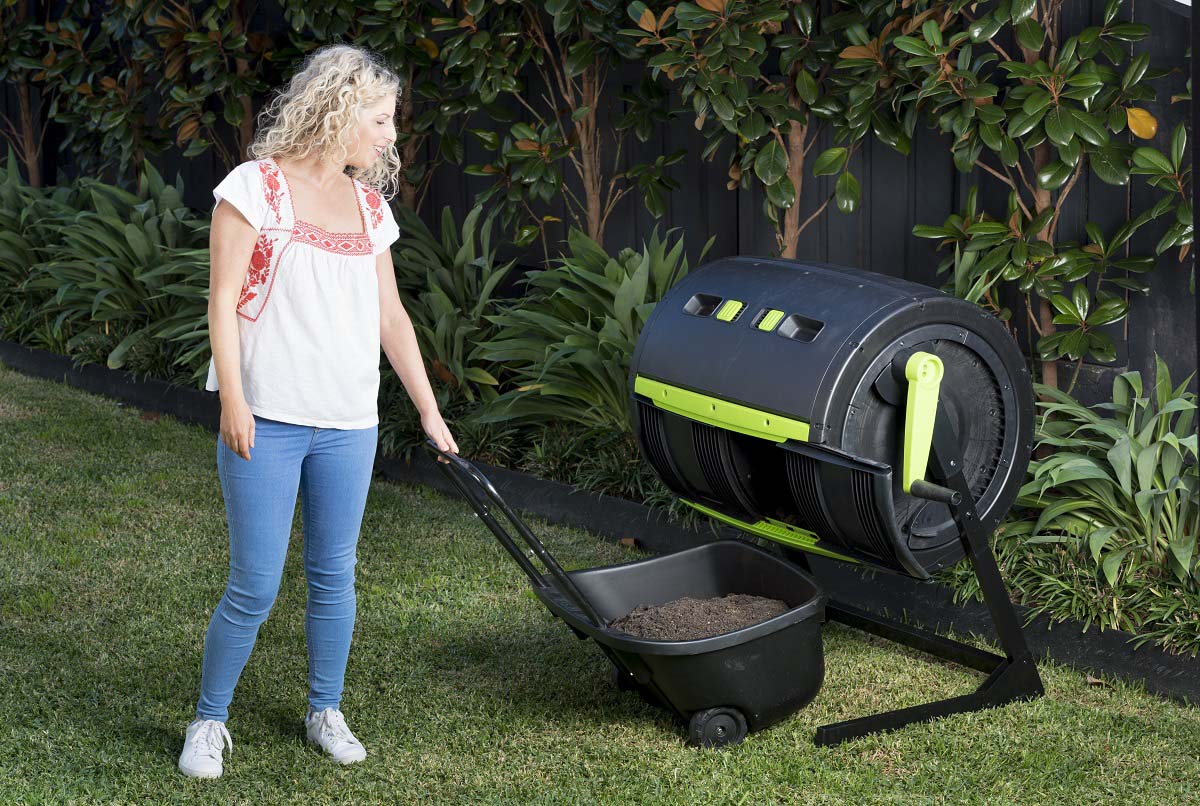


0 thoughts on “How To Get Rid Of Maggots In A Compost Bin”